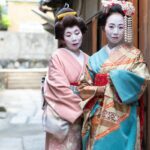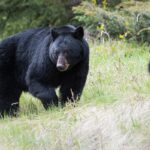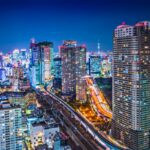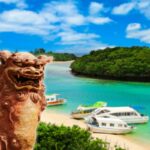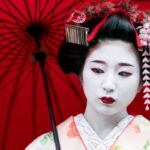In this article we are going to talk about Japan’s national fish. The Nishikigoi. We are going to cover everything you need to know about these gorgeous living jewels. So, without further ado, let us dive right in and get started!
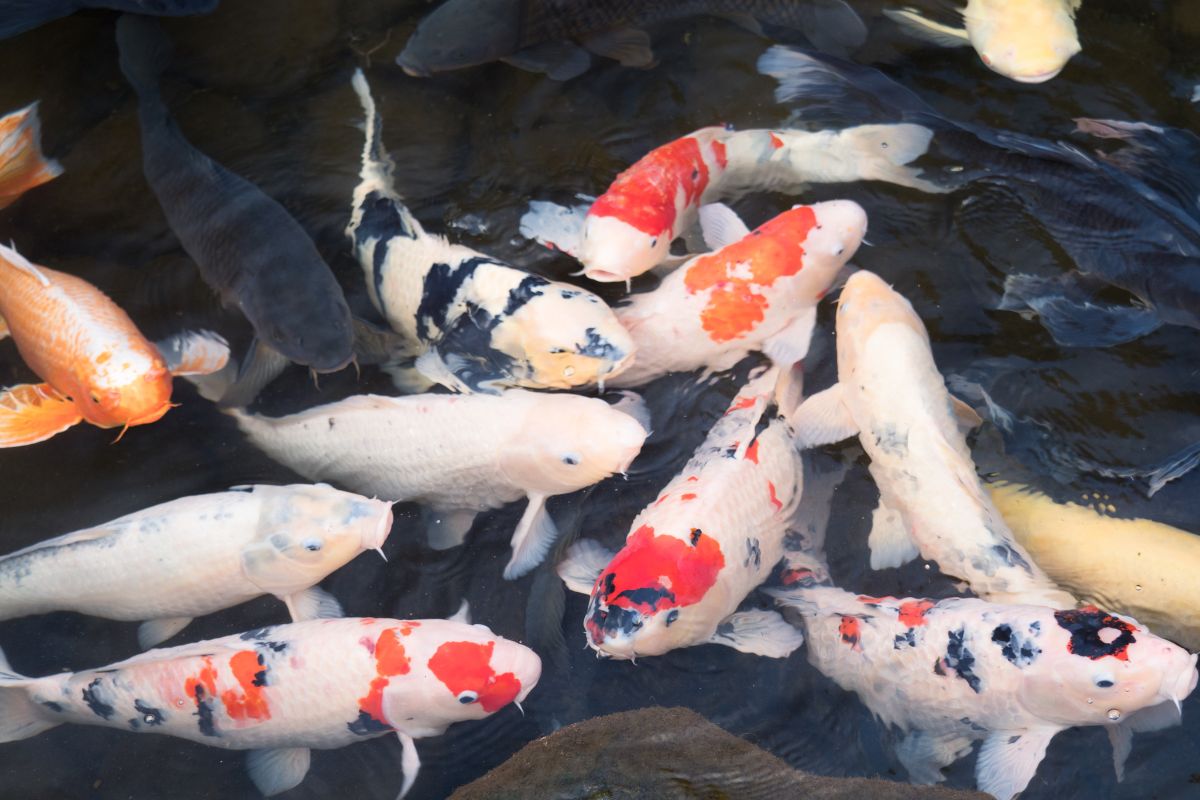
What Is Nishikigoi?
The name Nishikigoi literally translates to ‘Living Jewels’. This name was first given to these fish more than two-hundred years ago.
It was in a village in the Niigata prefecture that first used this name. Magoi-keepers bred black carp which were then used to produce the famous and beautiful Nishikigoi.
But it was not until red and white carp were bred together that the vivid and beautiful Nishikigoi was actually created.
These rare and stunning fish definitely stand out from the rest. As such they are thought of as a delicate artifact of art which has only grown in popularity.
Otherwise known as koi, which is a homophone of a Japanese word that means affection or live. Koi are often seen as symbols of friendship and even love in Japan and have also come to be known as symbols of peace in recent years.
In the Heian period, which took place between 794 and 1184, these fish started to become more popular in Japan.
So much so that many nobles kept these fish and even enjoyed feeding them. While these fish were kept as pets they were also considered to be valuable as a food source.
There is almost not a single country in the world that does not have koi. These gentle and peaceful fish are not only beautiful but also therapeutic for those handling them.
Origin And History Of Nishikigoi
In the most ancient of the Japanese chronicles, also known as Nihon Shoki, it was said that the twelfth emperor Keikorode to a place called Kuguri No Miya.
He was on his way to the Gifu prefecture with his many vessels. It is said that Emperor Keiko preferred black and red koi. But that is a legend.
But where did the red koi get their name? It is thought that they were a natural creation through mutations and selective breeding.
The Yamakoshi Village and Ojiya City were among the first to create the Nishikigoi. These fish were a beautiful red and yellow color which displayed itself in fantastic patterns.
When the residents of these places saw the Nishikigoi they began to breed these fish in Niigata’s fertile climate and soil. It did not take just one try to get the Nishikigoi just right.
But when they did this wonderful fish eventually became known as the swimming gem.
The Nishikigoi can be raised both indoors and outdoors. But even when this fish is being bred they are evaluated in order to assess which one is the best and has the most gorgeous patterns.
Several thousand years ago carp were bred in China for their bright and beautiful colors. After a long and laborious time of selective breeding the goldfish was created.
Koi did not come into contact with the outside world until the 1900s when they were first displayed in Tokyo Japan. All the different types of Nishikigoi were created from this original fish.
Because of the beautiful colors and pattern combinations, breeding and creating different varieties has become something of a hobby for many people.
When you have Nishikigoi it is essential that the water is of the right quality. If not your fish will not be healthy and may even perish.
It is for this reason that Japanese breeders use the very best quality water supplies for their Nishikigoi ponds. These fish are most frequently fed koi food as it tends to help give them vibrant colors and a superior strong body.
How Many Types Of Nishikigoi Are There?
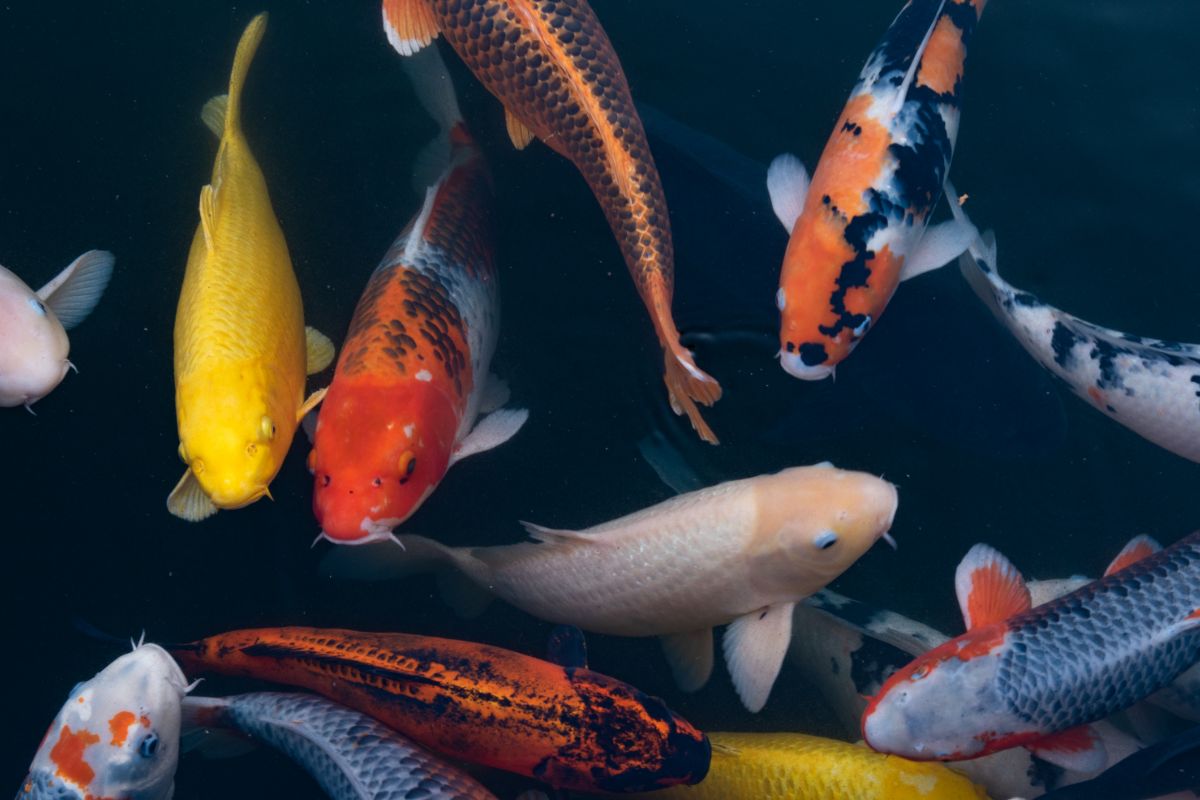
Koi started being bred in earnest back in 1914. Since then this hobby has spread through to many different countries around the world. There is actually no total for the number of koi varieties.
Some experts estimate that there are between one hundred and two hundred different varieties. But for the most part you will see variations of seventeen types of koi. Each with a different set of patterns and colors.
Below we are going to talk about these tapes of koi in a little more detail:
- Asagi – This variety of Nishikigoi will have a blue or indigo body and two red splotches at the base of their pectoral fins. The red at the base of the fin is known as Motoaka.
- Bekko – This variety of Nishikigoi will be black and white. The pattern of the Bekko will have a simplistic yet elegant stepping stone pattern. There will be no red markings on this fish at all.
- Doitsu – This German variety of Nishikigoi will not have any scales. They may have some scales along the lateral or dorsal lines or none at all.
- Ginrin – This variety of Nishikigoi will have diamond shaped scales. These scales are reflective and tend to shine wonderfully in the light.
- Goshiki – This variety of Nishikigoi was first created in 1918. They are a rainbow of colors and can be blue, black, gray, red and white. These colors often appear in a netted pattern.
- Hirenaga – This variety of Nishikigoi, otherwise known as the butterfly, is superbly graceful. This variety is supposed to be solid without tears and they should be symmetrical with a long tail and fins.
- Kawarimono – This variety of Nishikigoi is a nonmetallic koi which is not slotted into this class of fish like other types of koi.
- Kikokuryu – This variety of Nishikigoi is a metallic kumonryu. This is a koi with a shiny platinum skin and fins. They will have deep Sumi colors throughout their bodies.
- Kohaku – This variety of Nishikigoi is thought to be the beginning and end of koi breeding. Especially the varieties that contain red patterns.
- Koromo – This variety of Nishikigoi stands out against the rest. They have pure white skin with an indigo blue better on top.
- Ogon – This variety of Nishikigoi’s name literally means gold and it belongs to the Hikari Muji group. They are typically metallic and are a solid color. They can be either silver or gold. These colors shine beautifully in the pond.
- Platinum – This variety of Nishikigoi tend to grow massive and are a gorgeous metallic color with no scars or blemishes of any kind. Their wonderful reflective bodies look stunning in a dark pond.
- Showa – This variety of Nishikigoi will have white, red, and black splotches scattered across their bodies. This is one of the big three koi varieties.
- Shusui – This variety of Nishikigoi is one of the few blue koi fish out there. They were first bred back in the 1900s.
- Taisho Sanke – This variety of Nishikigoi was developed from the Kohaku in the 1900s back in an era known as Taisho. Their patterns consist of three colors, red, white and black.
- Tancho – This variety of Nishikigoi is beloved by many. One reason is because the red dot on their head is symbolic of the Japanese flag.
- Utsurimono – This variety of Nishikigoi will be black and reflective. They can also include white, red or yellow in their coloring.
Final Thoughts
We hope that you have enjoyed reading this article and learning all about Japan’s national fish, the Nishikigoi. These gorgeous fish are a treasure.
It is easy to see why they are known as living jewels. The bright and stunning colors are certainly striking and in the water they certainly dazzle and shine.
- 16 Best Websites To Watch Japanese Movies With English Subtitles - May 11, 2023
- Is ZIPAIR The Best Airline For Traveling To Japan? - May 11, 2023
- Ryu Murakami Vs Haruki Murakami – Which One Should You Read? - May 11, 2023


